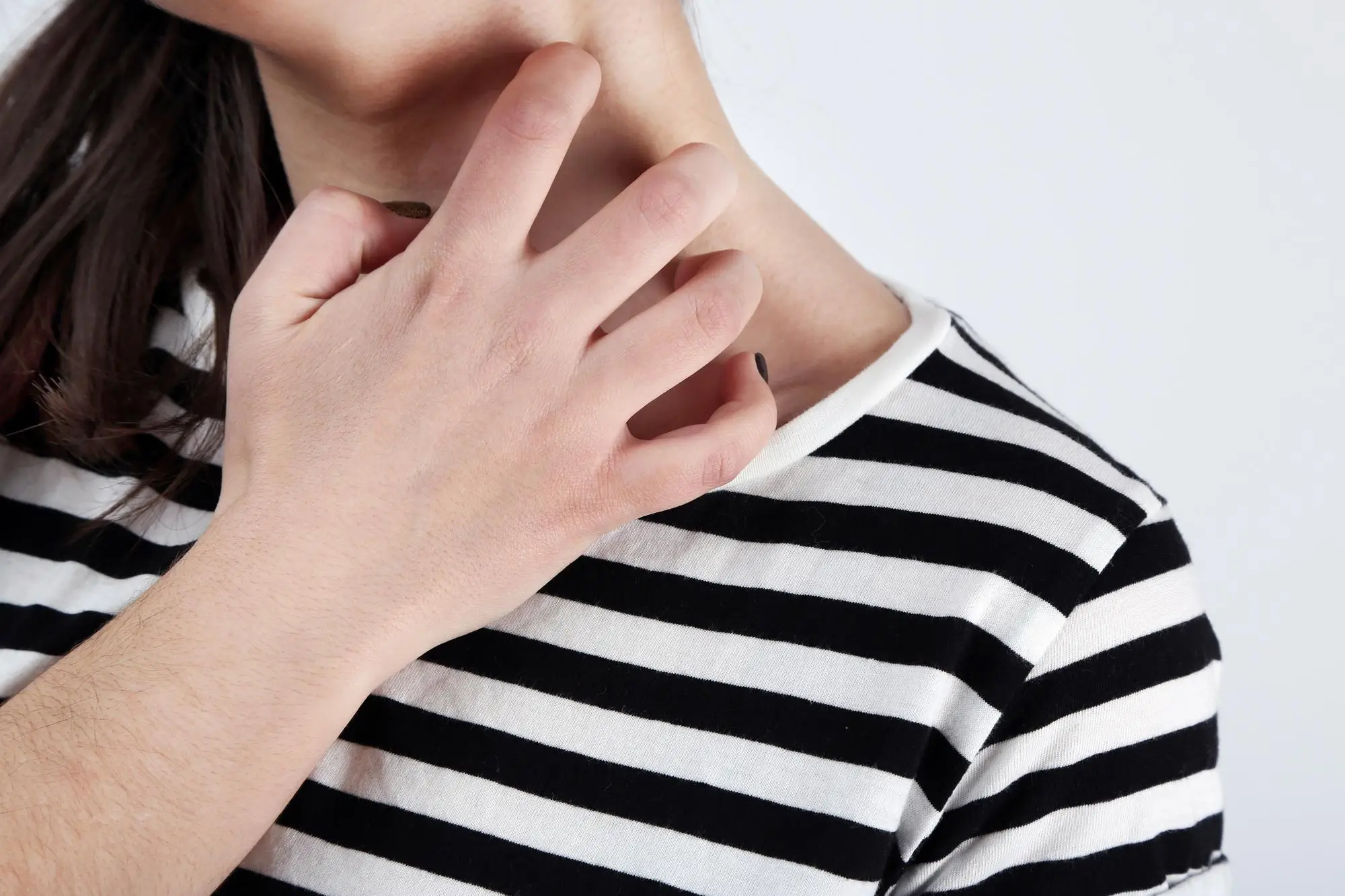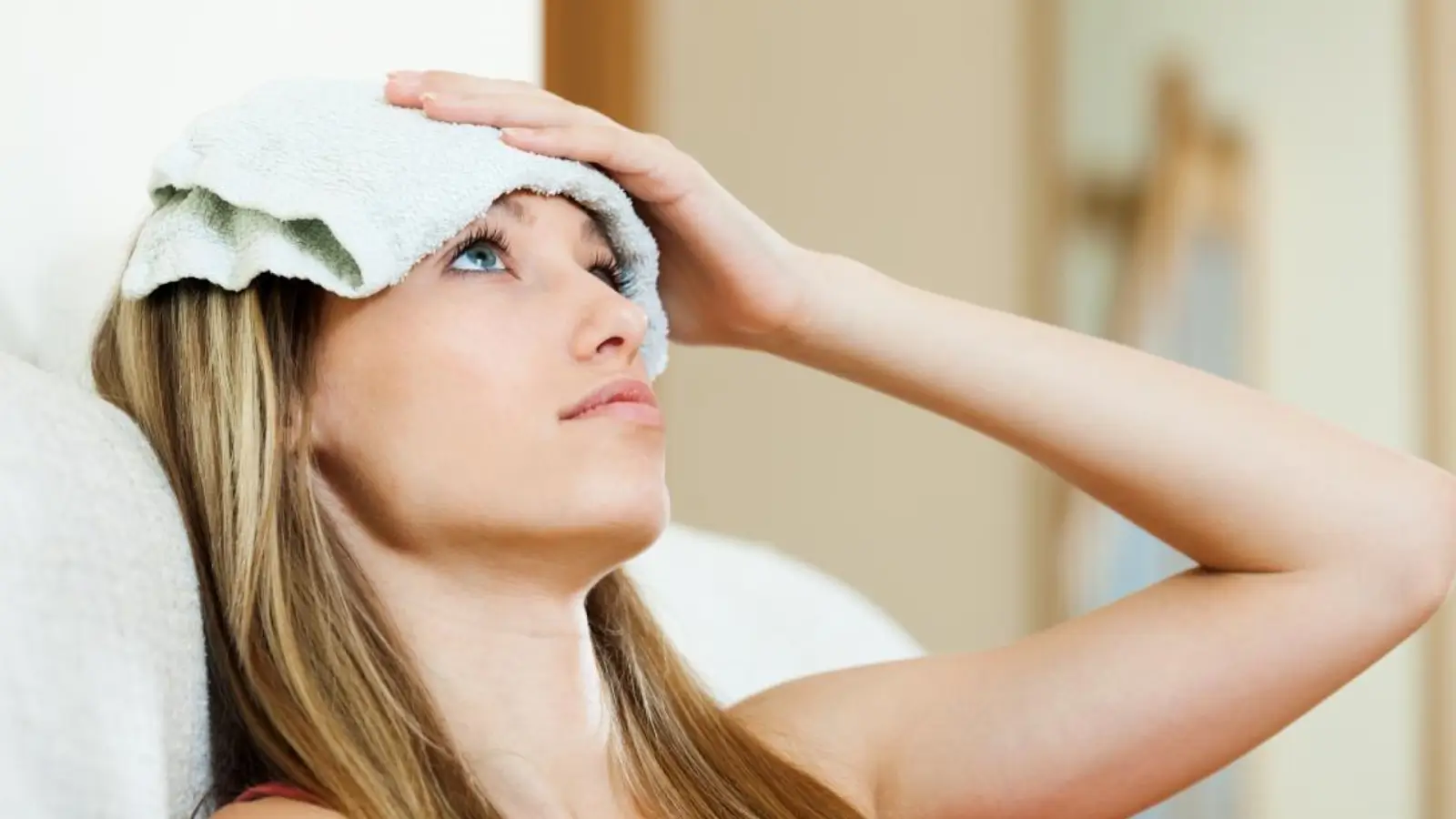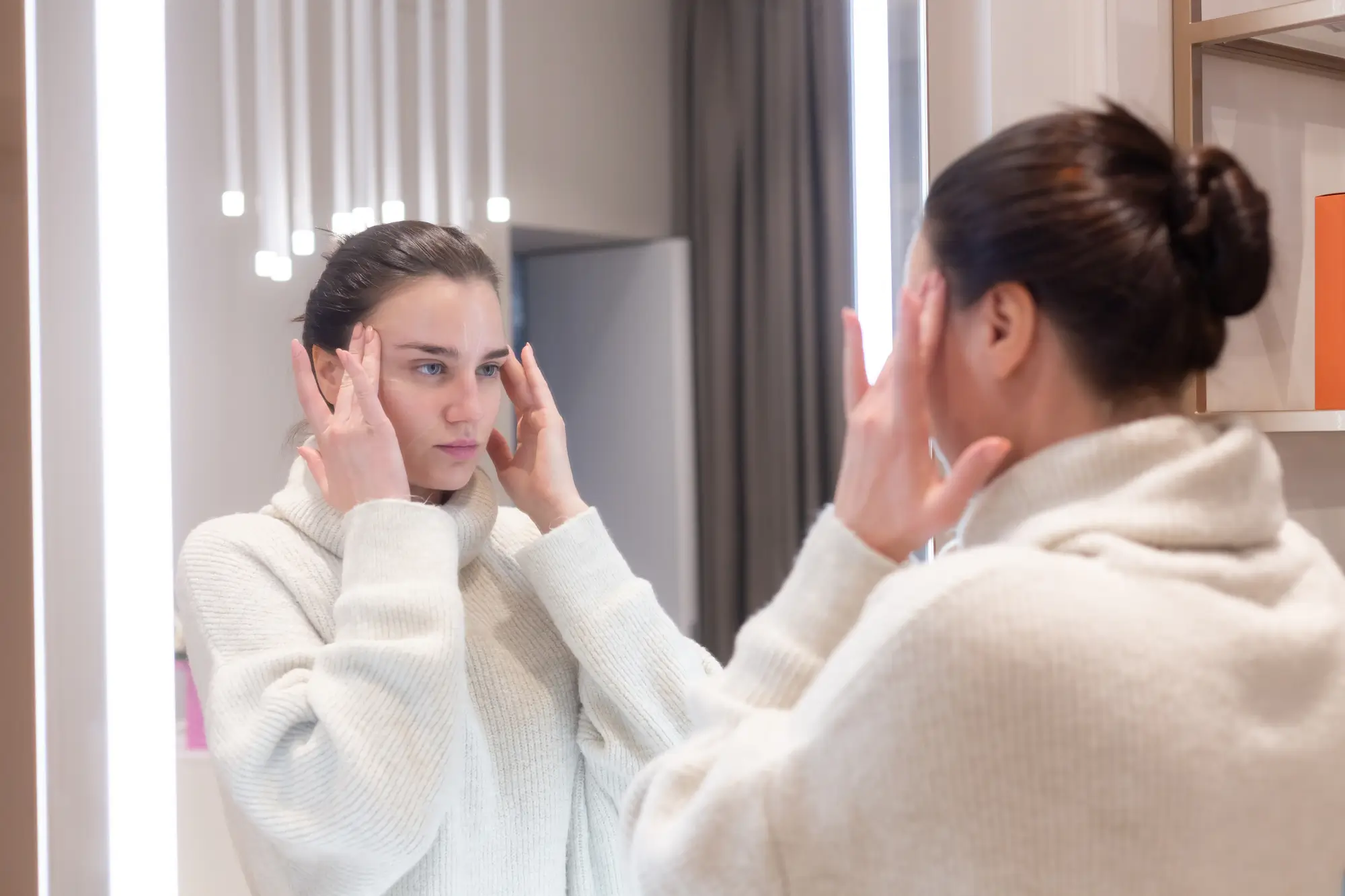
Side effects are essential when undergoing any cosmetic procedure, including dermal fillers. Studies indicate that while serious complications occur in less than 1% of cases, mild side effects such as swelling, redness, or bruising are more common.
Neauvia fillers, a popular choice in aesthetic medicine, are known for their high-quality formulations and ability to deliver natural-looking results. Like all injectables, Neauvia may have side effects, making it essential to understand these risks and how to address them.
This article will provide a comprehensive list of Neauvia filler side effects and offer insights into prevention, management, and patient care best practices.
Key Takeaways
- Neauvia fillers may cause temporary redness, swelling, or bruising at injection sites. These effects typically resolve within days.
- This treatment can also cause rare reactions like allergic reactions, nodules, or lumps. These effects require prompt medical attention.
- Proper injection techniques, patient screening, and adherence to aftercare instructions minimize side effects.
- Educating patients about potential risks and benefits ensures transparency and confidence.
About: Doctor Medica is your trusted supplier of top-quality dermal fillers, viscosupplements, and more for your medical practice. We offer genuine products from leading brands at the lowest prices. Contact Doctor Medica today to order Neauvia online for your practice.
Common Side Effects of Neauvia Fillers

Mild side effects are common after Neauvia filler treatments, as the body adjusts to the injected material. These effects are typically temporary and resolve within a few days.
- Redness, Swelling, and Bruising: Temporary redness, swelling, and minor bruising are normal reactions at the injection site. These occur as the skin responds to the filler material and the injection process. Most patients notice these effects subside within a few days.
- Tenderness at the Injection Site: Localized tenderness or mild soreness is another common side effect. This is often a result of the needle insertion and should dissipate within a few days post-treatment.
- Itching or Mild Discomfort: Some patients may experience mild itching or discomfort in the treated area. This reaction is a natural response as the skin adapts to the filler.
Managing Mild Side Effects

Proper aftercare can help reduce common side effects like redness, swelling, and tenderness after Neauvia filler treatments. Here are some practical tips to ensure a smooth recovery:
- Apply a Cold Compress: Gently apply a cold compress to the treated area for short intervals to reduce swelling and soothe discomfort. Avoid applying ice directly to the skin to prevent irritation.
- Avoid Strenuous Activities: Avoid intense exercise or heavy lifting for at least 24–48 hours after treatment. Physical exertion can exacerbate swelling or bruising.
- Use OTC Pain Relievers: If you experience mild discomfort or soreness, over-the-counter pain relievers like acetaminophen can help alleviate symptoms. Avoid blood-thinning medications like aspirin unless prescribed.
Rare Side Effects of Neauvia Fillers

Although Neauvia fillers are generally safe and well-tolerated, rare side effects can occur in some cases. Understanding these potential risks ensures better patient care and timely management:
- Nodules or Lumps: Occasionally, small lumps or nodules may form under the skin due to uneven filler distribution.
- Granulomas: In rare instances, the body may react to the filler material by forming granulomas—small inflammatory nodules. These typically require further evaluation to determine the right course of action to treat these.
- Allergic Reactions: Though uncommon, allergic reactions to Neauvia fillers can occur. Symptoms may include swelling, redness, itching, or, in severe cases, difficulty breathing.
Dealing with Rare Side Effects
Addressing rare side effects of Neauvia fillers requires timely and appropriate care. If nodules or lumps form under the skin, a gentle massage may help smooth out irregularities. However, persistent issues often require professional intervention, such as hyaluronidase injections, to dissolve the filler.
For granulomas, which are small inflammatory nodules caused by the body’s immune response, doctors typically recommend corticosteroids or other anti-inflammatory medications to reduce inflammation and promote healing.
In cases of allergic reactions, symptoms like severe swelling, redness, itching, or difficulty breathing necessitate immediate medical attention. Emergency care ensures patient safety and prevents complications.
Maintaining open communication with healthcare providers and attending regular follow-ups can help manage these side effects effectively, ensuring patient confidence and satisfaction with the treatment process.
Minimizing Risks during Neauvia Filler Treatment
Both practitioners and patients play essential roles in ensuring the safety and success of Neauvia filler treatments. Proper injection techniques are crucial—practitioners must understand the anatomy of the treatment area, use appropriate needle depths, and inject slowly to prevent complications like lumps or vascular occlusion.
Patient selection is equally important. Practitioners should thoroughly assess the patient’s medical history, skin condition, and aesthetic goals to determine suitability for Neauvia fillers. Screening for allergies or contraindications ensures a safer experience.
Aftercare instructions, such as avoiding intense physical activity, applying cold compresses for swelling, and refraining from touching the treated area, reduce the risk of side effects. Follow-up appointments allow practitioners to monitor the treatment’s outcome and address any concerns promptly, ensuring optimal results and patient satisfaction.
Educating Patients about Neauvia Filler Side Effects
The informed consent process is essential for patients considering Neauvia fillers. This step ensures they understand what to expect, including common and rare side effects. For instance, patients are informed about temporary reactions like swelling or redness that may occur immediately after the treatment.
Patients can review Neauvia before and after photos to assess realistic outcomes and determine if the treatment aligns with their goals. They are also briefed on rare complications, such as allergic reactions or lumps, so they are aware of both the benefits and potential risks before proceeding.
Doctors also address how to manage any side effects that might arise. They explain practical steps like using cold packs for swelling or taking over-the-counter pain relievers if needed. This comprehensive approach prepares patients to feel confident and well-informed about their post-treatment care.
Conclusion
Neauvia fillers offer a safe and effective option for facial rejuvenation with minimal downtime. While side effects are generally mild and temporary, it’s essential to understand potential risks and manage them proactively.
By working with experienced professionals, following proper aftercare, and maintaining realistic expectations, patients can achieve optimal results and enjoy a rejuvenated, natural-looking appearance.
FAQs
1. How do Neauvia fillers differ from other fillers?
Neauvia fillers use plant-based hyaluronic acid and PEG cross-linking, which provides natural-looking, longer-lasting results with enhanced biocompatibility.
2. Who is a good candidate for Neauvia fillers?
Individuals who want to address volume loss, fine lines, wrinkles, or improve facial contours without surgery are ideal candidates. However, a thorough consultation with a healthcare professional is necessary to assess individual needs.
3. What should I do if I experience unusual side effects?
Contact your healthcare provider immediately if you notice severe swelling, persistent lumps, or other concerning symptoms.
References
Hong GW, Hu H, Chang K, et al. Review of the Adverse Effects Associated with Dermal Filler Treatments: Part I Nodules, Granuloma, and Migration. Diagnostics. 2024;14(15):1640. doi:10.3390/diagnostics14151640
Christiano D. Side effects of facial fillers. Healthline. Published July 12, 2019. https://www.healthline.com/health/facial-fillers-side-effects
Lee JH, Kim J, Lee YN, et al. The efficacy of intradermal hyaluronic acid filler as a skin quality booster: A prospective, single‐center, single‐arm pilot study. Journal of Cosmetic Dermatology. 2023;23(2):409-416. doi:10.1111/jocd.15944
Related Articles
Joanna Carr
Evenity vs Prolia – Which Is Better for Osteoporosis
Evenity and Prolia are two leading osteoporosis treatments, but they work differently. Compare their benefits, mechanisms, and risks to determine the ...
Joanna Carr
Could Botox’s Sweet Tooth Be Its Downfall?
Have an interest in learning about The Possibility Botox's Sweet Tooth Be Its Downfall? Browse Doctor Medica's extensive archive of blog postings.
Joanna Carr
Juvederm Swelling: Post-Injection Edema Treatment
Juvederm injections can lead to post-injection edema, which is a common side effect experienced by patients.


